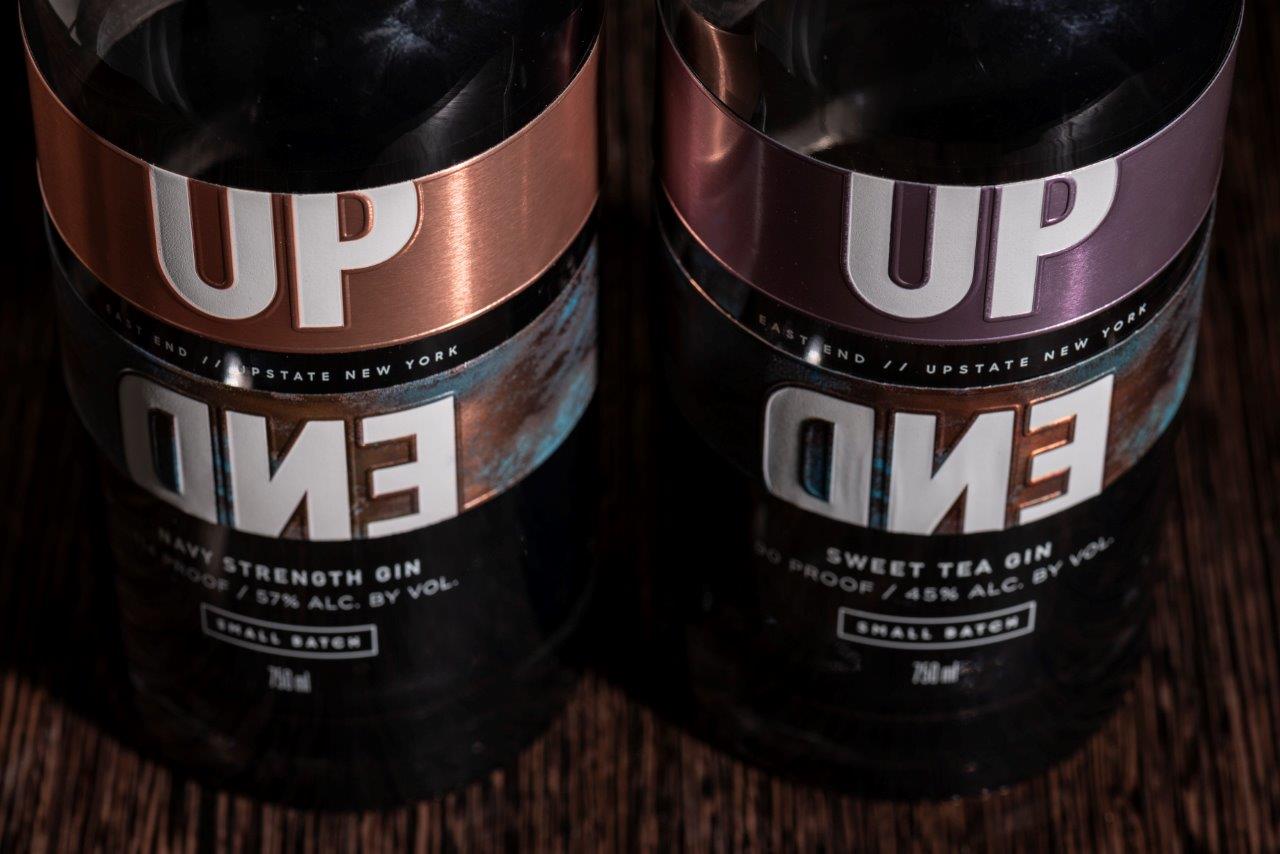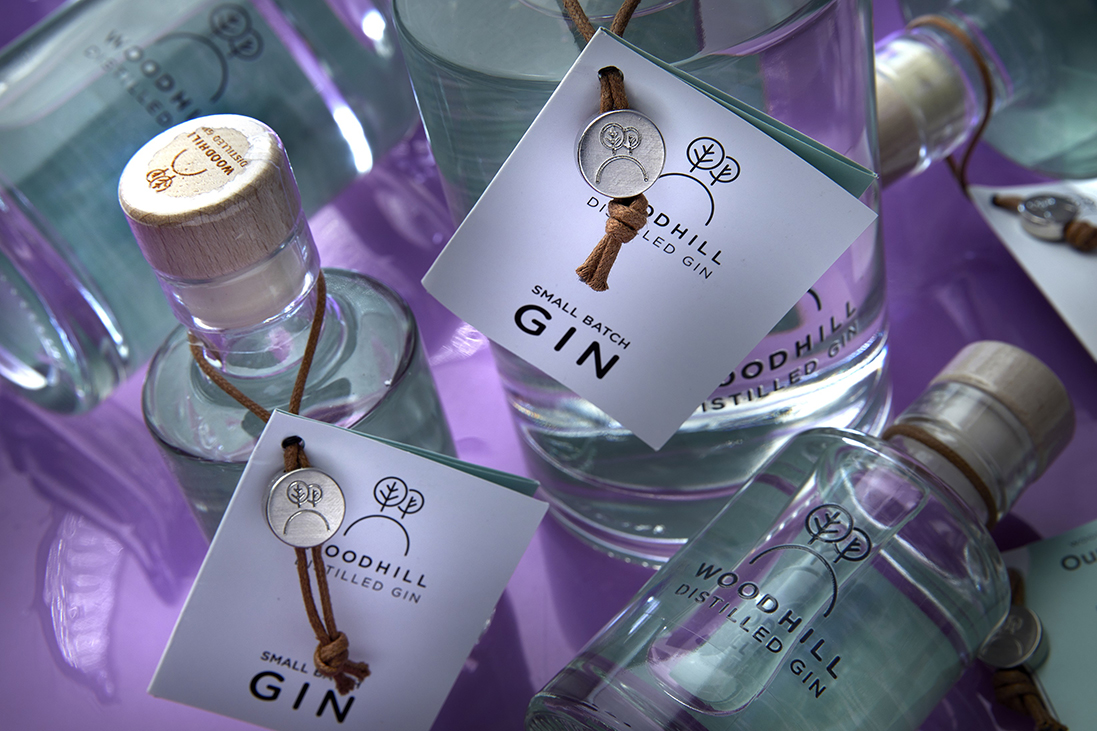Made up of aluminium or tin-plated steel, drink cans have become an increasingly popular choice for packaging, particularly as a form of sustainable packaging. Originally being limited to beer, cider and soft drinks such as Coca-Cola, the increase in the use of drink cans has extended to other beverages, such as pre-mixed spirits, cocktails, chilled coffee-based beverages and above all, craft beers.
Of course, with such an increase in beverages being sold, this means there is plenty of packaging design that is specifically created for aluminium or tin-plated steel cans. But does using this material create design and production challenges when it comes to packaging? With most drinks that are packaged in cans, the can itself acts as the packaging and is ultimately where the design elements sit. This means that brands will print the design for their packaging directly onto the can. The process involves printing with coloured photographic images and has been done since 1956.

Due to the material and shape of beverage cans, it can be difficult to design packaging embellishments that are physically attached to the product in some way. This means that embellishments that are usually secured to the product, such as cartouches, coins and badges, can be difficult to consider as part of the design. This is because they aren’t as easy to affix as they are to bottles and other containers that are made from more forgiving materials.
That’s not to say that beverage can designs can’t be innovative or unique. During the 2010 FIFA World Cup, South African Breweries Ltd, SABMiller’s subsidiary in South Africa, created and introduced a recyclable can that features a full-aperture end which allows consumers to entirely remove the lid, turning the can into an easy to handle, convenient drinking cup. This shows that even small enginuities when designing packaging can set your brand apart from the rest.
Ready-to-drink (RTD) beverages are a growing trend and are either sold in bottles or cans. They are ideal for a number of occasions from going to a party to taking to a festival, which makes the design of the packaging just as important as the on-the-go element. With the RTD market predicted to reach $17.67 billion by 2025, we will see more brands adding this category to their product range and joining brands such as Baileys, Sipsmith and Jack Daniel’s. As the market and shelf space for RTDs grows, so will the need for unique packaging and differentiation to entice consumers to purchase. Customers who are loyal to brands will more easily engage with a new product line and these RTDs are also seen as an introductory product for the brand, similar in a way to how miniatures are. Therefore, the packaging needs to remain loyal to the brand values, but also attract consumers who may not be as aware of the brand. By the nature of the size of cans, there is not a lot of area to acquaint consumers with the brands story, so how do you add space or that extra element to your packaging to emphasise your brand story and make it stand out on the shelf?

We’d love to find out more about your product or brand and we’d be delighted to arrange a consultation to discuss your product embellishment needs – simply fill in the form and we’ll be in touch.
Alternatively, give us a call on 01733 396080